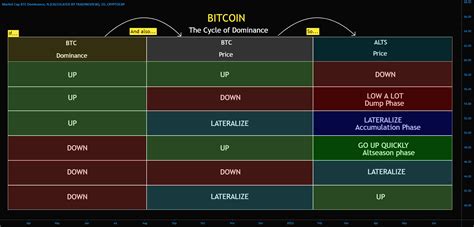The Cryptocurrency Market: Understanding the Dynamic Forces Shaping its Price
Cryptocurrencies have experienced unprecedented growth and volatility in recent years. The market has been driven by a complex interplay of factors, including technological innovation, regulatory changes, supply and demand dynamics, and market sentiment. In this article, we will delve into the key aspects of the cryptocurrency market, focusing on market dynamics and trading.
What is Cryptocurrency?
Cryptocurrencies are digital or virtual currencies that use cryptography for security purposes and operate independently of the control of a central bank. They exist exclusively in electronic form and are decentralized, meaning they are not controlled by any government or institution. The most popular cryptocurrencies are Bitcoin (BTC), Ethereum (ETH), and Litecoin (LTC).
Market Dynamics: Key Players and Trends
The cryptocurrency market is characterized by the presence of a wide range of players, including:
- Market Participants: Individuals, institutional investors, and exchanges that buy, sell, or hold cryptocurrencies.
- Exchanges: Platforms such as Coinbase, Binance, and Kraken, where users can trade cryptocurrencies.
- Wallets: Software programs used to store and manage cryptocurrencies.
Key market trends include:
- Supply and Demand: The balance between the supply of new coins (e.g. Bitcoin) and buyer demand determines price fluctuations.
- Regulatory Changes: Government regulations, such as EU Anti-Money Laundering (AML) rules, can impact market sentiment and prices.
- Technical Analysis: Technical charts and indicators help traders analyze trends, identify patterns, and predict market movements.
Cryptocurrency Trading: Strategies for Success
Cryptocurrency trading involves a variety of strategies, including:
- Day Trading: Short-term trading with the goal of profiting from price movements over a single trading day.
- Swing Trading: Long-term trading that focuses on identifying trends and using indicators to predict market direction.
- Position Trading: Holding positions for an extended period of time, often used by institutional investors.
To be successful in cryptocurrency trading:
- Stay informed: Constantly monitor market news, analysis, and trends.
- Develop a trading plan: Define clear goals, risk management strategies, and entry/exit criteria.
- Use Technical Indicators: Analyze charts and patterns to inform trading decisions.
- Diversify: Spread your investments across different cryptocurrencies and asset classes.
Market Sentiment: Understanding the Mood
The cryptocurrency market is known for its wild swings in sentiment. Market participants can be broadly classified into:
- Bullish: Optimistic about the future growth potential of cryptocurrencies.
- Bearish: Pessimistic about the future prospects or perceived risks associated with cryptocurrencies.
These sentiments are influenced by a number of factors, including:
- Economic Indicators: GDP growth rates, inflation rates, and labor market conditions.
- Regulatory News: Updates on government policies and their impact on cryptocurrency markets.
- Market Sentiment Surveys:

Studies that measure investor sentiment and expectations.
Conclusion
The cryptocurrency market is characterized by high volatility, rapid price fluctuations, and a complex interplay of factors. Trading cryptocurrencies requires a deep understanding of market dynamics, technical analysis, and risk management strategies. By staying informed, developing a trading plan, using indicators to inform decisions, and diversifying investments, traders can navigate the dynamic forces shaping the market.
Recommendations:
1.
Leave a Reply